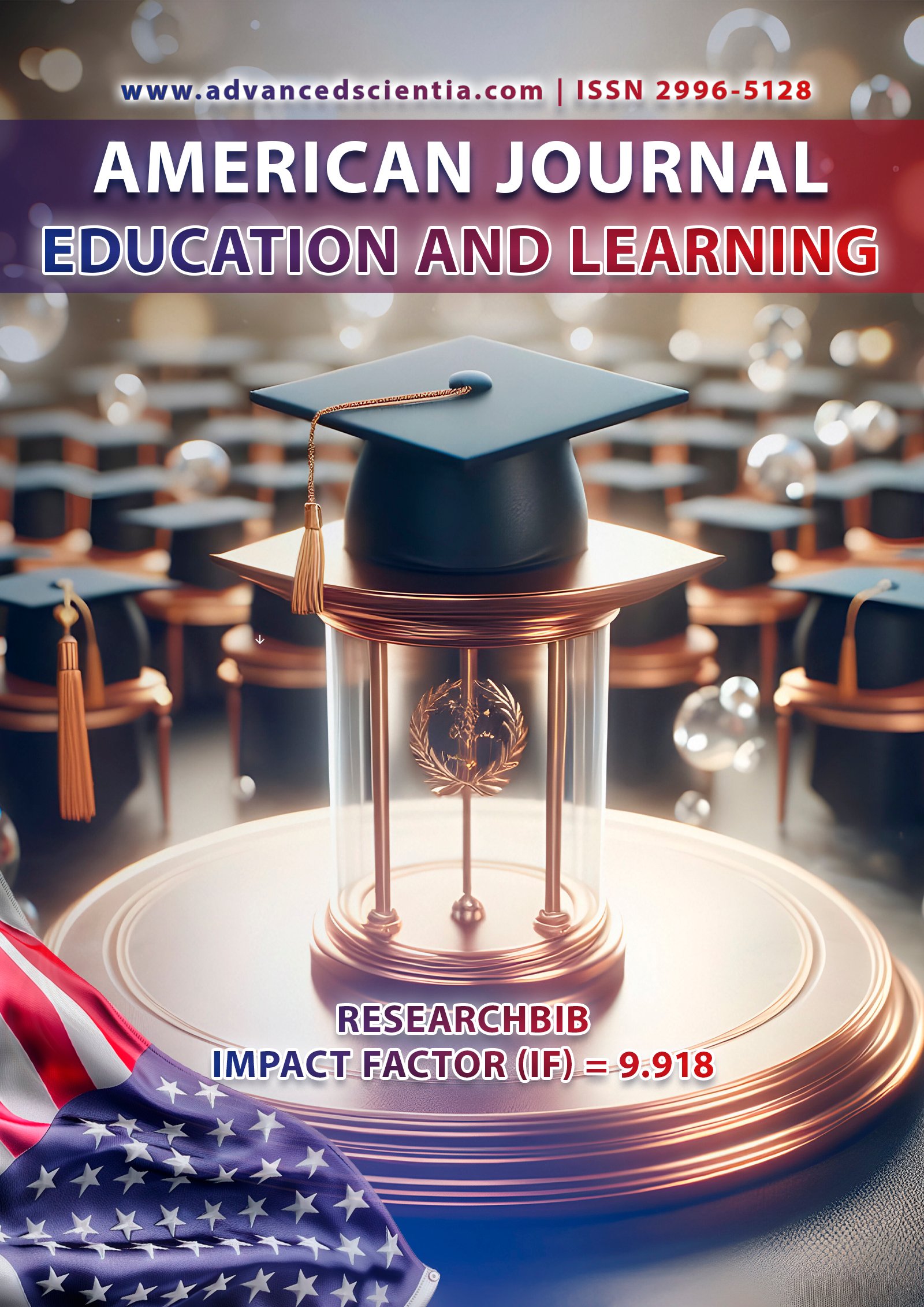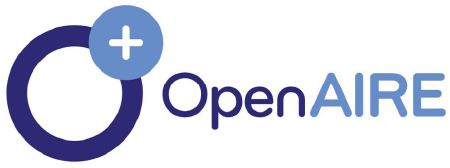ENGAGING PRESCHOOL CHILDREN WITH VISUAL IMPAIRMENTS IN MUSIC EDUCATION: IDENTIFYING THEIR ABILITIES AND PROVIDING KNOWLEDGE
Abstract
This article examines the process of engaging preschool children with visual impairments in music education, identifying their abilities, and providing them with accessible learning opportunities. The focus is on how music can serve as both a developmental tool and a source of emotional expression for children with limited vision. Special attention is given to methods that spark interest in music, nurture creativity, and reveal each child’s unique potential. The article also highlights the importance of adapted teaching techniques, the use of auditory and tactile resources, and an individualized approach that respects the specific needs of visually impaired learners. By integrating these strategies, music education not only enhances children’s cognitive, social, and emotional growth but also contributes to their self-confidence and inclusion in educational settings.
References
1. Abramo, J. M. (2012). Disability in the classroom: Current trends and impacts on music education. Music Educators Journal, 99(1), 39–45. https://doi.org/10.1177/0027432112456353
2. Gordon, E. E. (2007). Learning sequences in music: A contemporary music learning theory. Chicago: GIA Publications.
3. Jellison, J. A. (2015). Including everyone: Creating music classrooms where all children learn. New York: Oxford University Press.
4. Ockelford, A. (2013). Music, language and autism: Exceptional strategies for exceptional minds. London: Jessica Kingsley Publishers.
5. Qodirova, M. (2020). The role of inclusive education in the development of preschool children with special needs. Journal of Pedagogical Research, 2(3), 112–118.
Rustamova, I. K., & Abbosova, I. A. (2020). Characteristics of cognitive disorders and quality of life in patients with chronic second brain ischemia. Вестник Казахского Национального медицинского университета, (2-1), 626-627.
ABBASOVA, I., & NAZAROVA, J. (2024). SPECTRUM OF AUTONOMIC NERVOUS SYSTEM DISORDERS IN THE ELDERLY DEPENDING ON GENDER. The American Journal of Medical Sciences and Pharmaceutical Research, 6(11), 19-22.
Mamadinova, L. K., Nazarova, J. A., Kasimova, S. A., Kayumova, N. K., Abbosova, I. A., & Mukarramov, U. (2022). ANALYSIS OF ELECTRONEUROMYOGRAPHIC PARAMETERS IN PATIENTS WITH TYPE 2 DIABETES DEPENDING ON BODY MASS INDEX. Journal of Pharmaceutical Negative Results, 13.
Abbosova, I., Nazarova, J., & Rustamova, I. (2022). Indicators of Heart Rate Variability in Elderly Persons with Autonomic Dystonia Syndrom. Annals of Pharma Research, 10(01), 646-649.
Abbosova, I., & Rustamova, I. (2022). AUTONOMIC NERVOUS SYSTEM RESEARCH INDICATORS IN THE ELDERS. The American Journal of Medical Sciences and Pharmaceutical Research, 4(01), 35-39.
Rustamova, I. K., Abbosova, I. A., Kuchkarova, O. B., & Kasimova, S. A. (2021). Vocal TIC (Case from practice). ACADEMICIA: AN INTERNATIONAL MULTIDISCIPLINARY RESEARCH JOURNAL, 11(1), 952-956.
Аббосова, И. А., & Фозилжонов, Р. Х. (2019). ИНТЕРАКТИВНЫЕ МЕТОДЫ ОБУЧЕНИЯ В НЕВРОЛОГИИ. In Молодой исследователь: вызовы и перспективы (pp. 41-45).






















